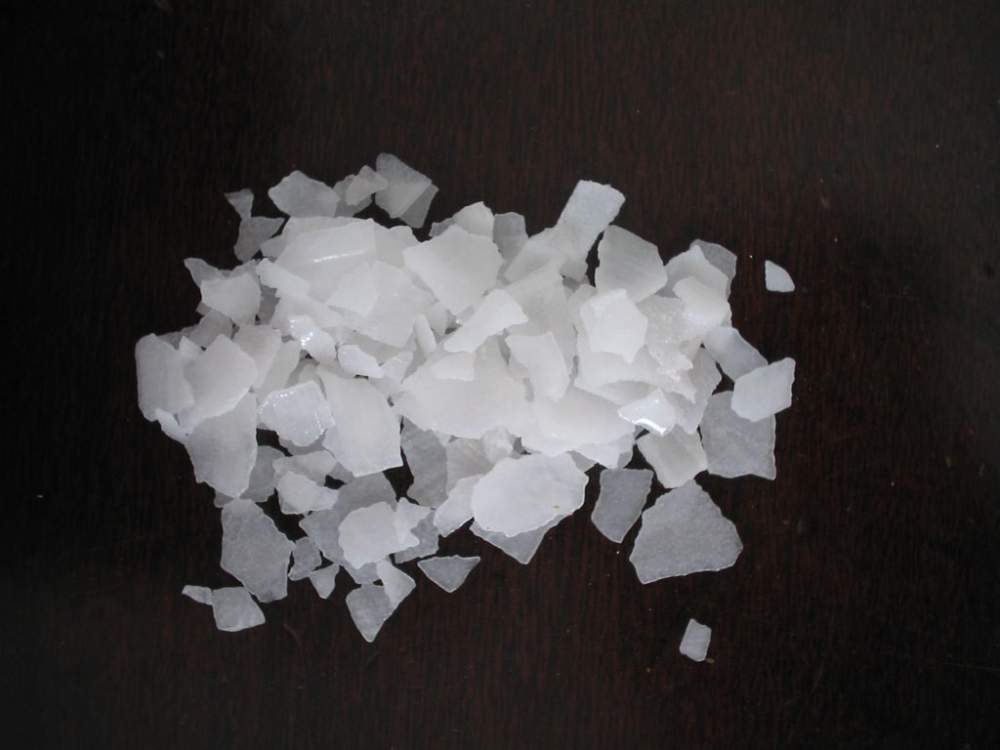Ferric hydroxide is an inorganic compound with the chemical formula Fe(OH)3. It is one of the main inorganic constituents of rust. Ferric hydroxide forms when iron or its alloy is exposed to oxygen and moisture over time. It is an important industrial compound used in water treatment for purification as well as in various other applications. Let’s take a closer look at ferric hydroxide and understand its properties and uses.
Properties
Ferric hydroxide occurs naturally as a mineral known as limonite. Its color ranges from light yellow to dark brown depending on its crystal structure and water content. Ferric hydroxide molecules form polymeric structures and are insoluble in water. This solid compound has a molar mass of 106.87 g/mol. Some key physical and chemical properties of ferric hydroxide are:
– Melting point: decomposes at 200°C without melting
– Solubility: highly insoluble in water and dilute acids, but soluble in concentrated acids
– Crystal structure: amorphous or crystalline polymorphs depending on method of preparation
– Density: 3.7-4.2 g/cm3
– Hygroscopic: absorbs moisture from air
– Magnetic: weakly ferromagnetic at low temperatures
As Ferric Hydroxide contains iron in its highest accessible oxidation state +3, it is a strong oxidizing agent. It readily dissolves in acids to form ferric salts. When heated in absence of air, it decomposes toFe2O3 (ferric oxide) and water.
Purification of Water
One of the main applications of ferric hydroxide is in water purification as a coagulant. It is used as a primary coagulant in water treatment processes along with aluminum salts. When added to raw water containing turbidity, ferric hydroxide aggregates suspended solid particles through adsorption and enmeshment within its polymeric structure. The coagulated particles then settle down as sludge which is separated from treated water.
Ferric hydroxide is effective in removing a broad range of impurities from water like bacteria, algae, viruses, heavy metals, colored organic compounds and other dissolved and suspended particles. It produces clear, colorless and odorless purified water fit for consumption. Municipal water authorities commonly use ferric chloride in their water purification plants for coagulation.
Other Uses
In addition to water treatment, ferric hydroxide finds applications in various other industries and processes:
– Wastewater treatment: Used as a coagulant for sludge thickening and removal of phosphates and other pollutants.
– Pigments and colors: Ferric hydroxide imparts shades of yellow and brown color. It is used as a pigment in paints, inks and plastic colorants.
– Paper industry: Acts as a filter aid and helps produce bright, smooth paper surfaces free of contaminants.
– Personal care products: Present in various face washes, shampoos and lotions as a skin conditioning agent.
– Construction materials: Acts as a key binding agent in cement, acts fire retardant in thermal insulation boards.
– Chemical intermediate: Used in production of other iron compounds like ferric chloride and ferric sulfate.
– Biomedical applications: Assists hyperphosphatemia treatment, shows anti-tumor properties under research.
– Nutritional supplements: Iron present in it addresses iron-deficiency, anemia problems.
In summary, ferric hydroxide is a ubiquitous and multifunctional inorganic compound with wide industrial and environmental applications centered around its ability to coagulate particles and remove pollutants and impurities from water and wastewater. Its non-toxic nature and effectiveness even at low dosages have made it a preferred coagulant agent globally for water treatment processes. Continued research is further exploring new uses of this important iron compound.
*Note:
1. Source: Coherent Market Insights, Public sources, Desk research
2. We have leveraged AI tools to mine information and compile it



